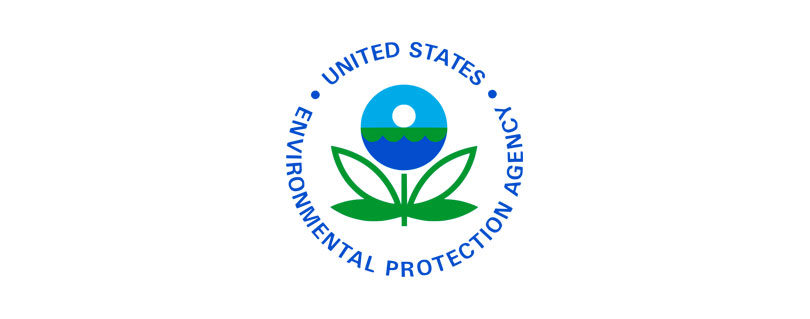EPA grants $5.6 million to Alaska to inventory drinking water service lines for lead in nearly 270 tribal and small disadvantaged communities
Publilshed by the U.S. Environmental Protection Agency (EPA)
SEATTLE – (July 6, 2023) Today, the U.S. Environmental Protection Agency announced a $5,681,921 Lead Service Line Inventory grant to the Alaska Department of Environmental Conservation.
The grant comes through the Drinking Water State Revolving Fund and will be used to conduct lead service line inventory of 269 public water systems designated as Tribal or Small Disadvantaged systems. The Bipartisan Infrastructure Law mandates that 49 percent of funds provided through the DWSRF must be provided to disadvantaged communities.
The work will also identify potential funding needs for the Tribal Lead Service Line Replacement Program and the Alaska State Revolving Fund Lead Service Line Replacement Funds for small disadvantaged PWS.
“We know there is no safe level of lead and that remote tribal and underserved communities are particularly vulnerable where basic lead testing can be prohibitively expensive,” said EPA Region 10 Administrator Casey Sixkiller. “This funding is an important step forward for these communities and will help them protect their children from lead exposure and ensure clean and safe drinking water, a basic human right.”
“While many of Alaska’s communities were designed without lead service lines, it’s important to be sure,” said Alaska Department of Environmental Conservation Commissioner Jason Brune. “We look forward to administering these funds and working to protect the health of remote and underserved Alaskan communities through this partnership with the EPA.”
Alaska has approximately 200 villages that are reachable only by air or boat. The grant will help water systems in Alaska’s disadvantaged communities comply with EPA’s Lead and Copper Rule Revisions requirement by October 16, 2024.
A Lead Service Line Inventory is an inventory of every service line in a water distribution system to identify a lead service line. Establishing an inventory is a key step in protecting public health.
Background
Children and pregnant women are particularly vulnerable to lead exposure. Even low levels of lead in the blood of children can result in behavior and learning problems, slowed growth, hearing problems, and anemia. Sources of lead exposure may include lead-based paint, drinking water, and soil contaminated by historical sources. Lead and copper enter drinking water mainly from the corrosion of plumbing materials containing lead and copper.
On December 16, 2021, EPA put the Lead Copper Rule Revisions into effect and established the compliance date of October 16, 2024. The LCRR strengthened the initial Lead and Copper Rule to better protect communities, get lead out of our nation’s drinking water and empower communities through information. Over the next two years, the LCRR will require water systems throughout the United States to conduct an inventory of service lines and determine the material of those lines and fittings.
EPA Region 10 (Pacific Northwest) – Serving Alaska, Idaho, Oregon, Washington and 271 Tribal Nations. Visit us online, follow us on Twitter and Facebook, and subscribe to our RSS feed.
Read the full article at: https://www.epa.gov/newsreleases/epa-grants-56-million-alaska-inventory-drinking-water-service-lines-lead-nearly-270



